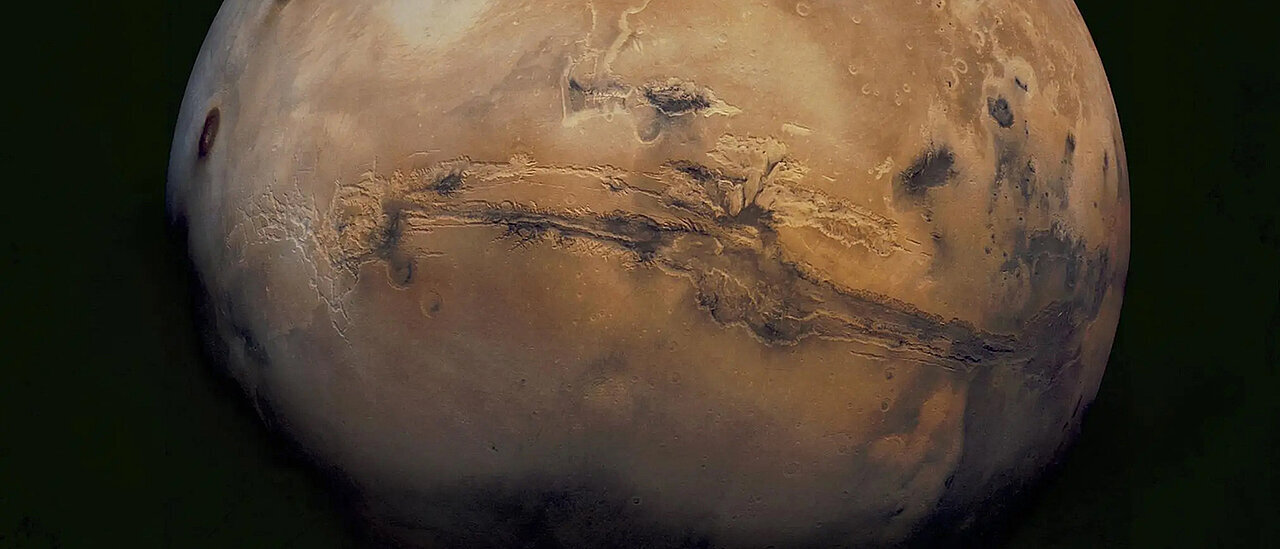The space agency’s VaMEx initiative aims to explore the canyon’s gorges and caves for the first time. It will also search for traces of liquid water and thus possibly for life that could exist there in protected niches.
To this end, DLR wants to bring a swarm of autonomous, interconnected robots to Mars: They will operate on the ground, in the air and in caves, where they will collect images and other data.
Caves are not only interesting as locations for lunar or Martian bases. They offer protection from cosmic radiation, more moderate temperatures and therefore also a good environment for the preservation of life, which could have emerged billions of years ago when conditions on Mars were much more favorable.
When the robots on the ground enter caves, they are shielded from the surface of Mars and cannot communicate directly with the gateway. The concept therefore also includes repeater stations, which pass on the recorded images and data in a transport chain—from the robot in the cave to the gateway on the surface of the planet.


